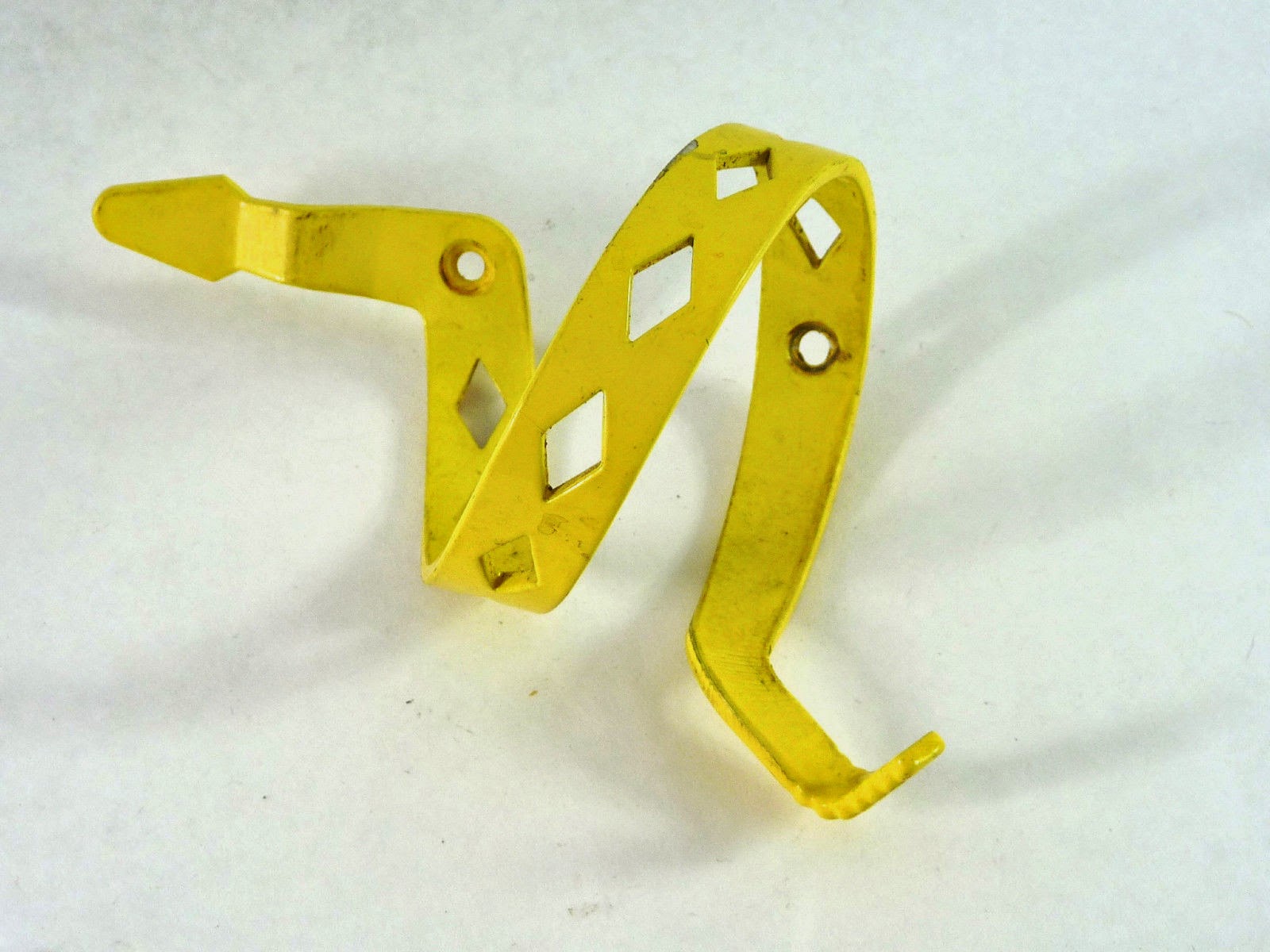There are two novels that can change a bookish
fourteen-year old’s life: The Lord of the
Rings and Atlas Shrugged. One is
a childish fantasy that often engenders a lifelong obsession with its
unbelievable heroes, leading to an emotionally stunted, socially crippled
adulthood, unable to deal with the real world. The other, of course, involves
Orcs. --John Rogers
It’s been a while since I’ve read either of the
books Rogers mentions. I know I read both—at what age, I don’t remember, but
I’m sure at a time before my cerebral cortex was fully formed. Actually, now
that I think of it, I read them about the same time I started taking bike rides
of more than a few miles, which fits into Rogers’ timeline.
To tell you the truth, I don’t think either
changed my life significantly. The funny thing is that, even at the tender age
I was when I read it, I thought The Lord of the
Rings had more developed, more believable characters than Atlas Shrugged. Saying that J.R.R. Tolkien was a better
writer than Ayn Rand is a bit like saying that a Mercian is better than a
Murray: In other words, it almost
doesn’t need to be said. But I simply
never have been able to get myself terribly interested in fantasy or science
fiction. It’s not snobbery on my part,
as an old partner of mine (whom I accompanied to see a film version of Rings) alleged. I’m just not interested in science fiction or
fantasy in much the same way that I’m not interested in, say, skateboarding: I
don’t look down on anyone who loves it, but have no wish to participate in it
myself.
On the other hand, for a time in my life, I
considered myself a Libertarian. Actually, I still do, at least my opposition
to the death penalty and wars other than those purely for defensive
purposes—and in my beliefs about individual liberty. As an example of the latter, while I urge
cyclists to wear helmets, I oppose laws mandating the practice. But I never became one of those people who participated
in “Who is John Galt?” discussions because, frankly, I always thought Atlas was a book of shallow thinking and
shoddy writing, not worthy of discussion.
I would guess that if a cyclist were to be
influenced by—or simply enjoy—either book, it would most likely be
Tolkien’s. One of the best things about
his writing is the “journey” aspect:
It’s found, not only in the narrative arc of the story, but in the
cadences of the language itself. Even
though I have never developed a taste for the type of stories he wrote, I can
imagine reading Rings or The Hobbit again for the writing. Plus, somehow, I can imagine sharing a cup of
tea or even an evening with Tolkien: He
seems like that learned, urbane and friendly prof you liked in college. Judging from her writings and comments—and
some things I’ve learned about her life—I can’t imagine spending such time with
Ms. Rand.
I don’t know whether Grant Petersen, the founder
of Rivendell Bicycle Works, ever read Atlas
or anything else Ayn Rand wrote. But, of
course, we all know he has long been a fan of Tolkien’s tales. I don’t know when in his life he first read
them, but I would guess it was, if not in high school, then in college,
especially considering that Tolkien first gained his readership in the US with
college students during the 1960s. Anyway,
whatever else I’ve said about him or the stuff his company sells, I’m glad he
was influenced by the Oxford oracle.
Think about it: Wouldn’t you
rather ride a bike called “Bombadil” than “Galt”?
| Aren't you glad this isn't called a "Dagny Taggart"? |
Also, I’ve noticed that fans of Tolkien tend to be
more interested than Rand acolytes in literature generally. Petersen, apparently, as also read, in
addition to Tolkien, some of my favorite poets, such as William Wordsworth. I’m glad:
After all, even though I probably won’t buy one, I’m happy to see one of
his bikes named for Betty Foy rather than Dagny Taggart!








